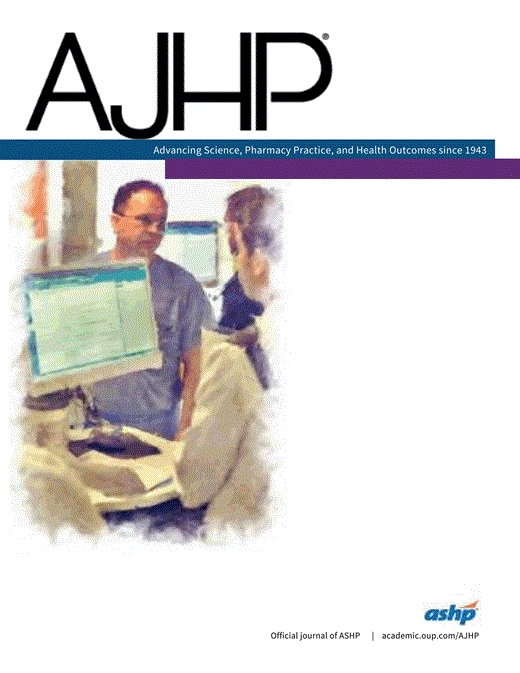-
Views
-
Cite
Cite
Martin L. Olson, Gerald K. McEvoy, Methemoglobinemia induced by local anesthetics, American Journal of Hospital Pharmacy, Volume 38, Issue 1, 1 January 1981, Pages 89–93, https://doi.org/10.1093/ajhp/38.1.89
Close - Share Icon Share
Abstract
A case of methemoglobinemia secondary to topical local anesthetic agents is reported.
A 28-year-old, 80-kg white man was admitted to a hospital for respiratory distress two days after an accident. During intubation, Cetacaine (benzocaine, butamben, and tetracaine) spray and Americaine (benzocaine) ointment were used topically for local anesthesia. Ninety minutes later, the patient was cyanotic despite ventilation, and an arterial blood sample was chocolate-brown and contained 29 d/dl methemoglobin (normal less than 1.7 g/dl). Methylene blue, 80 mg as a 1% solution in 5% dextrose in water, was infused over 20 minutes, and hte patient's cyanosis disappeared within the next 30 minutes. The following afternoon, the patient was reintubated, using 4% lidocaine and benzocaine as local anesthetics. He again developed cyanosis. Methylene blue again cleared the cyanosis. Abnormal hemoglobin variants and NADH-methemoglobin reductase deficiency were ruled out as sources of methemoglobinemia.
A discussion of methemoglobinemia, including biochemistry, pathogenesis, symptomatology, and management, is presented.
If cyanosis occurs following application of local anesthetics, methemoglobinemia secondary to these drugs should be considered in the differential diagnosis.






Comments